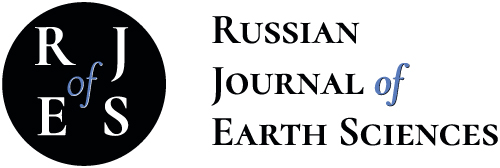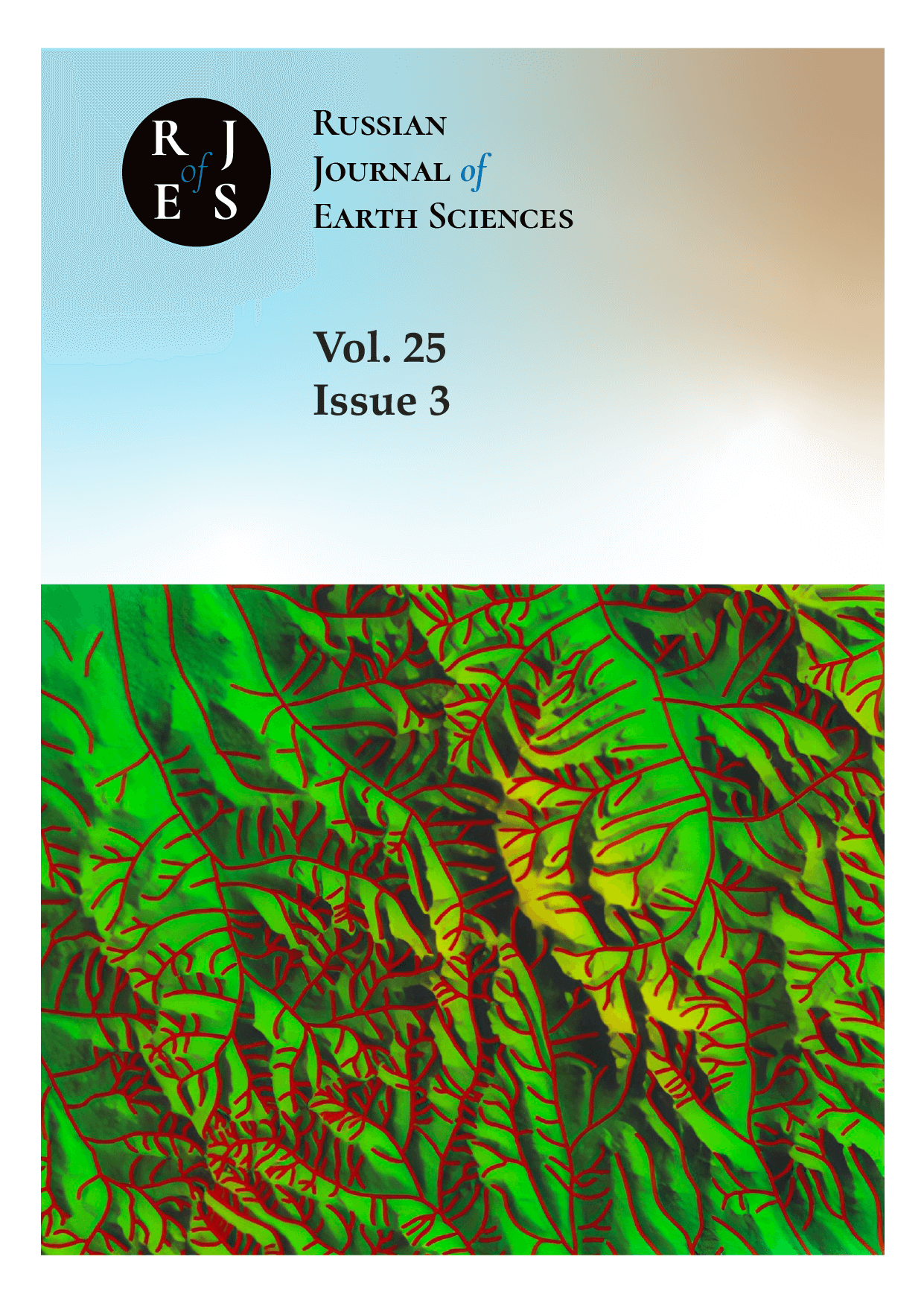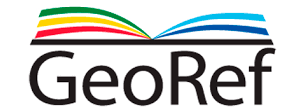Moscow, Moscow, Russian Federation
from 01.01.1996 until now
Moscow, Moscow, Russian Federation
Moscow, Moscow, Russian Federation
Moscow, Moscow, Russian Federation
Moscow, Moscow, Russian Federation
Moscow, Russian Federation
VAK Russia 1.6
UDC 502.35
UDC 504.05
UDC 55
UDC 550.34
UDC 550.383
CSCSTI 39.01
CSCSTI 87.01
CSCSTI 37.01
CSCSTI 37.15
CSCSTI 37.25
CSCSTI 37.31
CSCSTI 38.01
CSCSTI 36.00
CSCSTI 37.00
CSCSTI 38.00
CSCSTI 39.00
CSCSTI 52.00
Russian Classification of Professions by Education 05.06.01
Russian Library and Bibliographic Classification 26
Russian Trade and Bibliographic Classification 63
BISAC SCI030000 Earth Sciences / Geography
BISAC SCI SCIENCE
The article presents the results of land degradation assessment for the Ryazan and Tula regions based on the concept of land degradation neutrality (LDN). For the first time the approaches were demonstrated for developing a methodology for assessing LDN sub-indicators for humid areas (using the moving average method and modified matrices of changes in land cover type). For forest lands, a matrix modified to take into account the dynamics of woody vegetation, including mutual transitions of coniferous, broad-leaved and small-leaved forests, is proposed. New data on land degradation trends for the studied territories were obtained. The possibility of using the LDN methodology to update official statistics, detail land productivity trends and land use changes is confirmed. Despite the decrease in the degradation rate, in the considered territories, degraded and moderately degraded lands in total still significantly prevail over improved ones, which requires active intervention in regulating land use conditions and the use of new methods. At the same time, the situation in the regions is somewhat different: if in the Tula region degraded lands are mainly confined to the forest-steppe subzone, then in the Ryazan region, foci of degraded lands are equally often found in forest areas. A high dependence of land degradation trends on even short-term (within 5–10 years) climate changes has been revealed. For the Ryazan and Tula regions, such reactions (improvement or deterioration) in individual areas and in the region as a whole can be very contrasting, which requires special consideration when developing measures to adapt to climate change.
land degradation, land degradation neutrality, indicator, land productivity, land cover
1. Belyaeva M. V., Andreeva O. V., Kust G. S., et al. Experience in assessment of land degradation dynamics of the South of European part of Russia using the methodology of land degradation neutrality // Ecosystems: ecology and dynamics. — 2020. — Vol. 4, no. 3. — P. 145–165. — DOI:https://doi.org/10.24411/2542-2006-2020-10066. — (In Russian).
2. Ivanov A. L., Kust G. S., Donnik I. M., et al. National report «Global climate and soil cover of Russia: desertification and land degradation, institutional, infrastructural, technological adaptation measures (agriculture and forestry)». — Moscow : MBA, 2019. — P. 476. — (In Russian).
3. UN. A/RES/70/1 Transforming our World: The 2030 Agenda for Sustainable Development. — United Nations, 2015. — P. 44
4. Order of August 18, 2014 №367. On approval of the List of forest vegetation zones of the Russian Federation and the List of forest regions of the Russian Federation. — Moscow : Ministry of Natural Resources, Environment of the Russian Federation, 2023. — (In Russian).
5. Andreeva O., Sebentsov A., Kust G., et al. The Nexus Between Land Degradation, Climate Change and Migration in Central Asia. — United Nations Convention to Combat Desertification, Institute of Geography of Russian Academy of Sciences, 2022. — 42 p.
6. Cowie A. L., Orr B. J., Castillo Sanchez V. M., et al. Land in balance: The scientific conceptual framework for Land Degradation Neutrality // Environmental Science & Policy. — 2018. — Vol. 79. — P. 25–35. — DOI:https://doi.org/10.1016/j.envsci.2017.10.011.
7. Hengl T., Mendes de Jesus J., Heuvelink G. B. M., et al. SoilGrids250m: Global gridded soil information based on machine learning // PLOS ONE. — 2017. — Vol. 12, no. 2. — DOI:https://doi.org/10.1371/journal.pone.0169748.
8. Kust G. S., Andreeva O., Shklyaeva D. Application of the Concept of Land Degradation Neutrality for Remote Monitoring of Agricultural Sustainability of Irrigated Areas in Uzbekistan // Sensors. — 2023. — Vol. 23, no. 14. — P. 6419. — DOI:https://doi.org/10.3390/s23146419.
9. Kust G. S., Shklyaeva D. S., Lobkovskiy V. A., et al. Using the Methodology of Land Degradation Neutrality to Assess the Territory of the Caspian Region // Arid Ecosystems. — 2024. — Vol. 14, no. 2. — P. 159–168. — DOI:https://doi.org/10.1134/s2079096124700033.
10. Li W., MacBean N., Ciais Ph., et al. Gross and net land cover changes in the main plant functional types derived from the annual ESA CCI land cover maps (1992-2015) // Earth System Science Data. — 2018. — Vol. 10, no. 1. — P. 219–234. — DOI:https://doi.org/10.5194/essd-10-219-2018.
11. Orr B. J., Cowie A. L., Castillo Sanchez V. M., et al. Scientific Conceptual Framework for Land Degradation Neutrality. A Report of the Science-Policy Interface. — Bonn, Germany : United NationsConvention to Combat Desertification (UNCCD), 2017.
12. Trends.Earth User Guide. A new tool to assess the health of the land that supports us. — 2024. — URL: https://docs.trends.earth/en/latest/for_users/index.html (visited on 10/01/2024).
13. UNCCD. Land Degradation Neutrality: The Target Setting Programme. — The Global Mechanism of the UNCCD/2016, 2016. — 68 p.


















